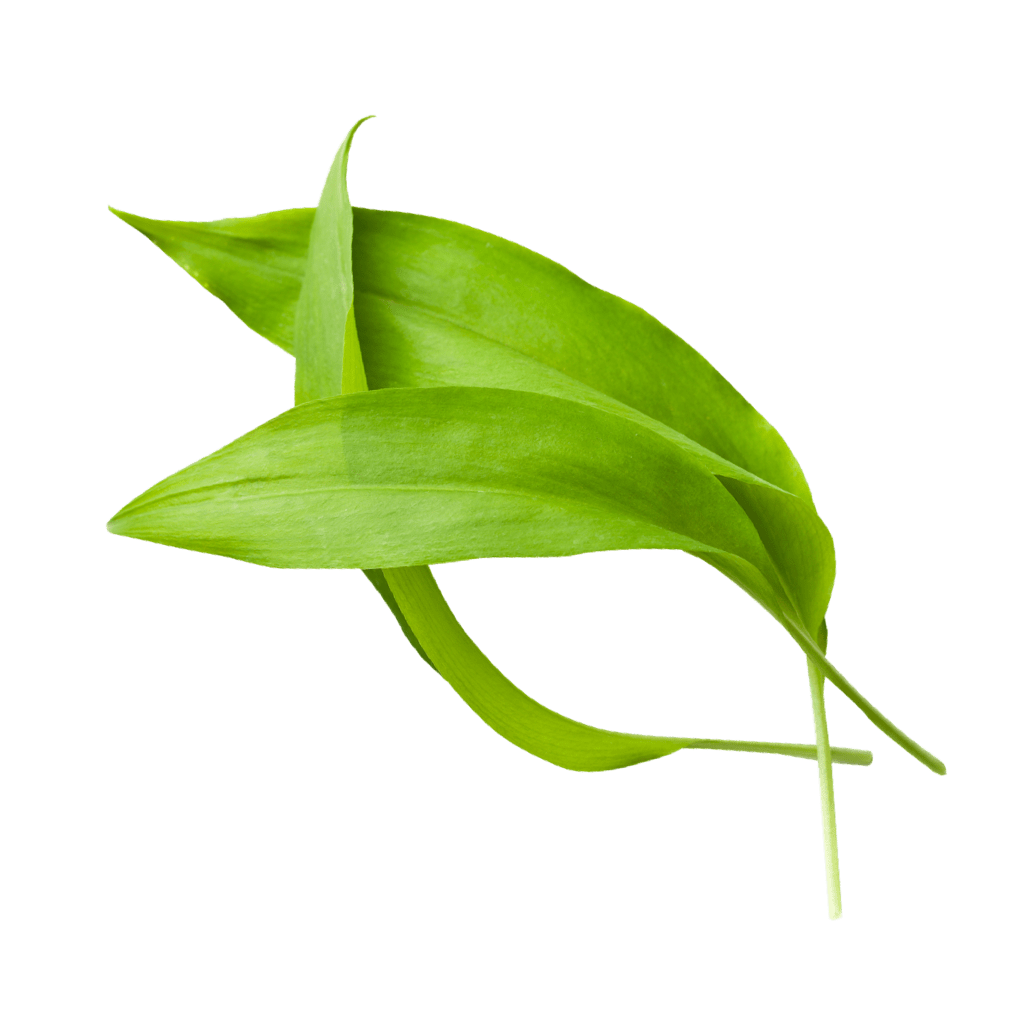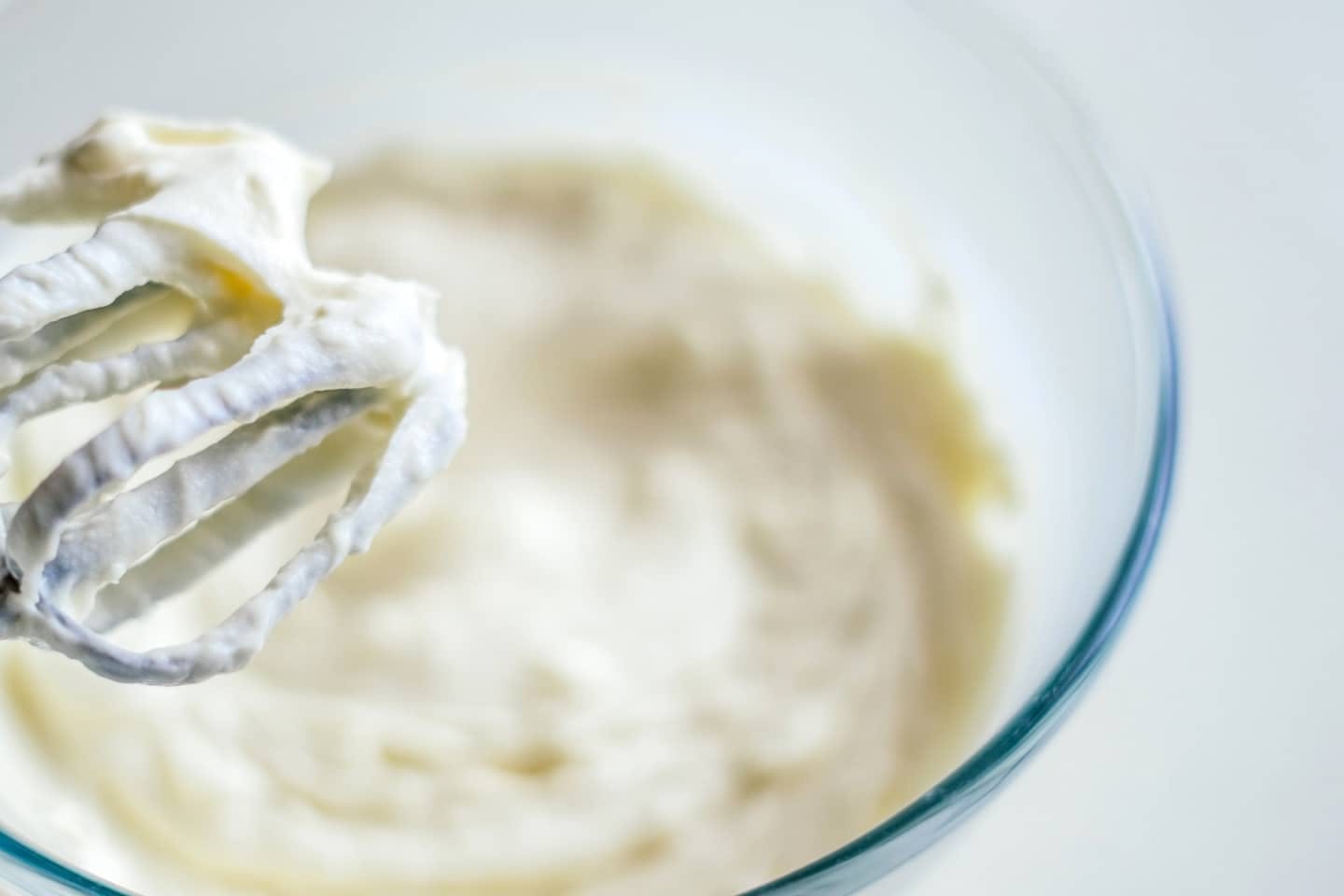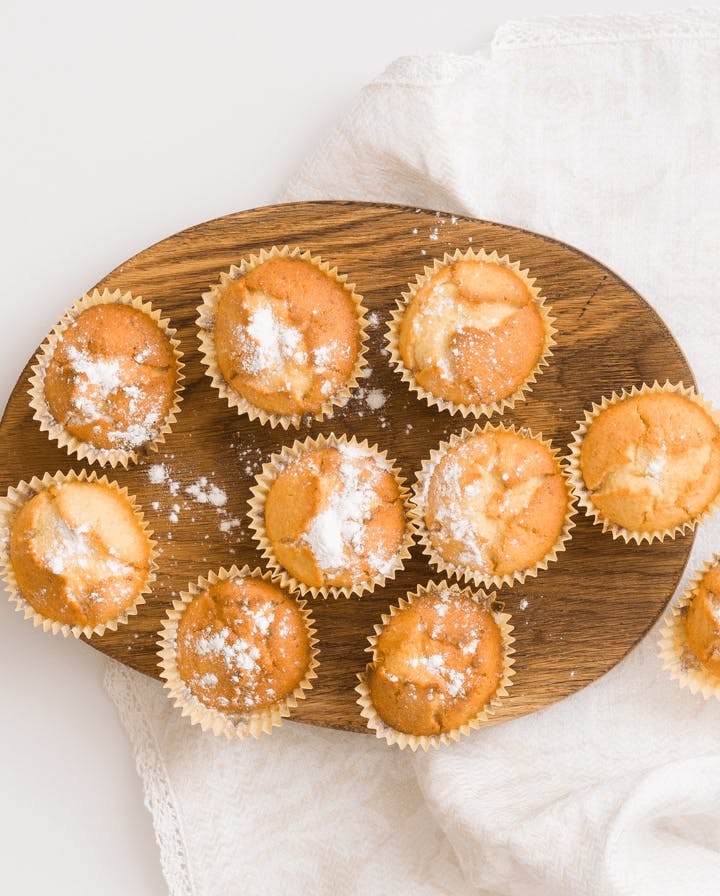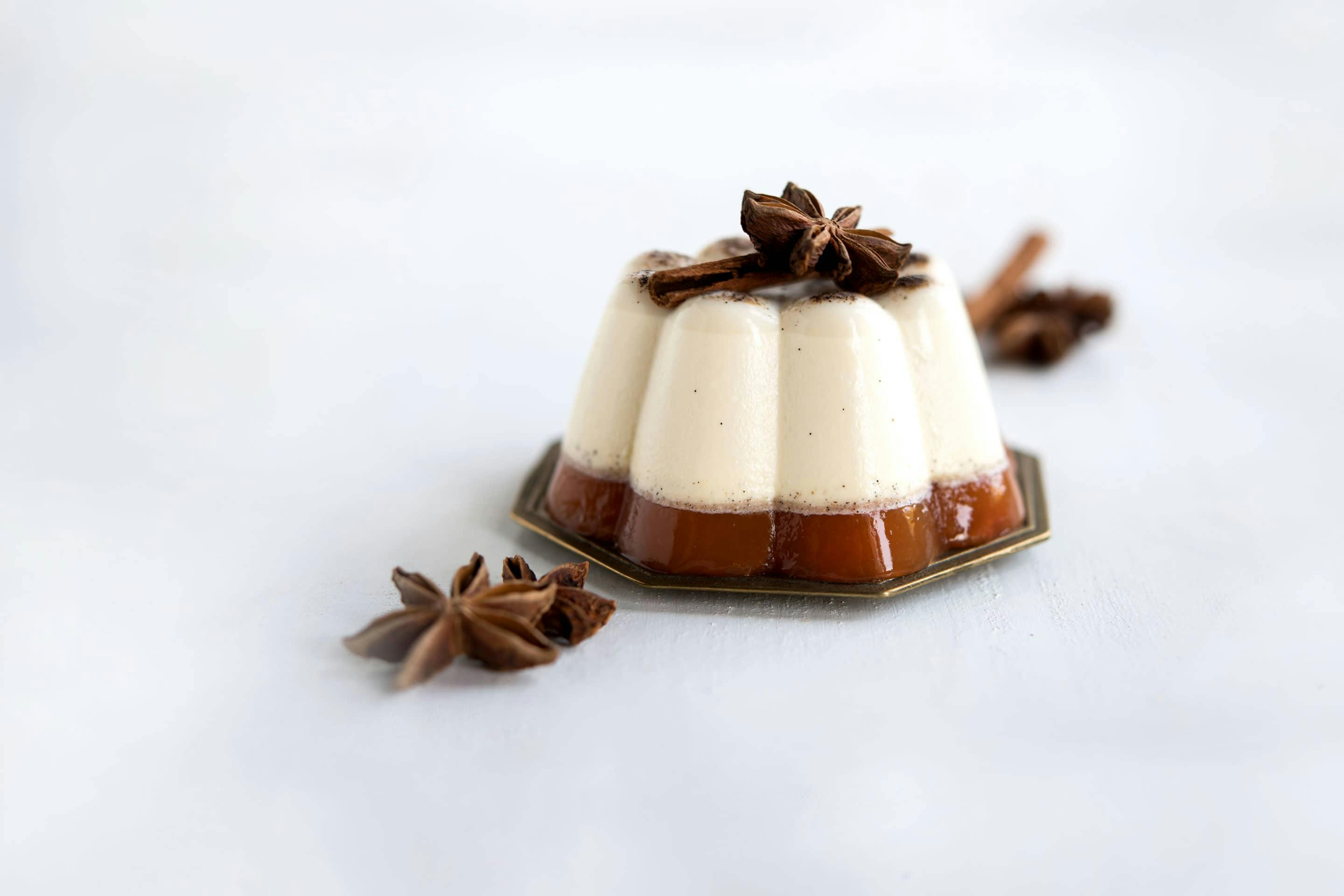Vanilla
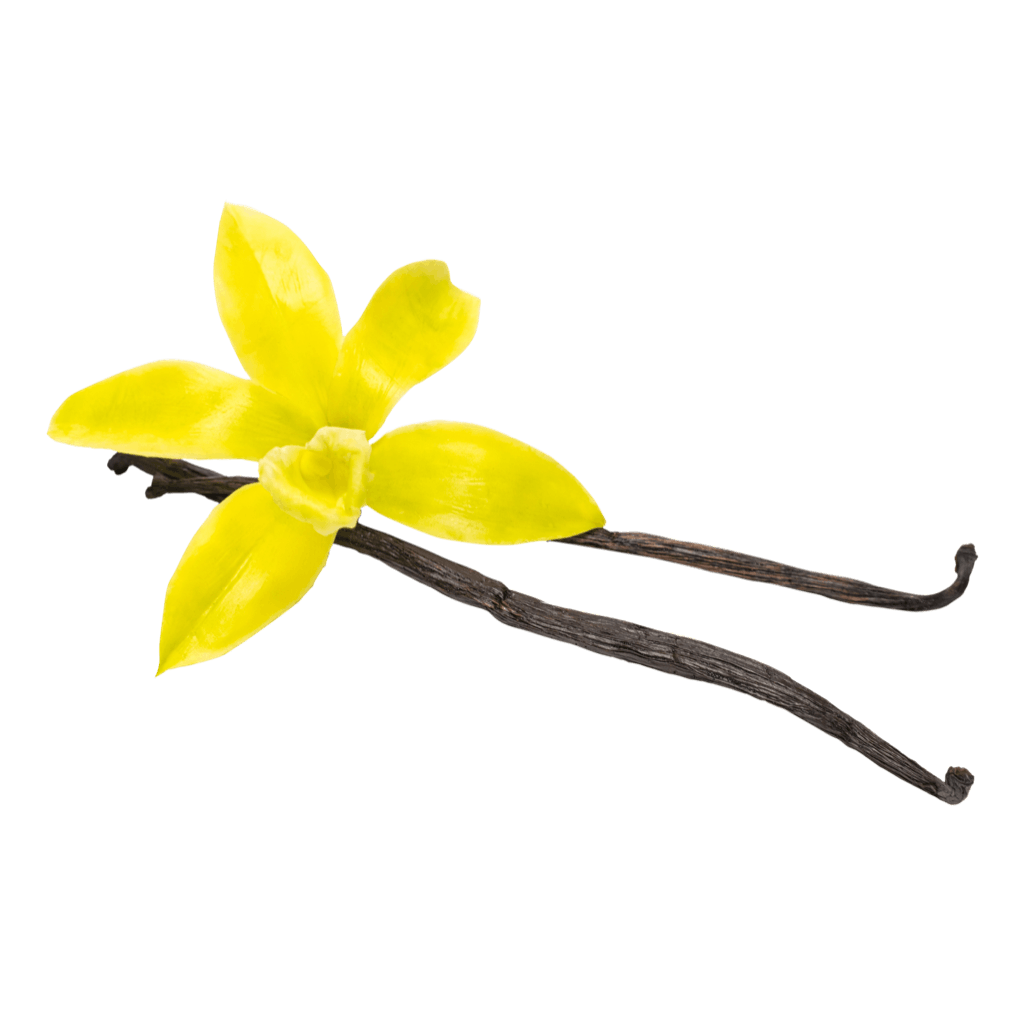

The vanilla bean – which, botanically speaking, is not actually a bean but a capsule – enhances sweet and savory dishes with its unique flavor.
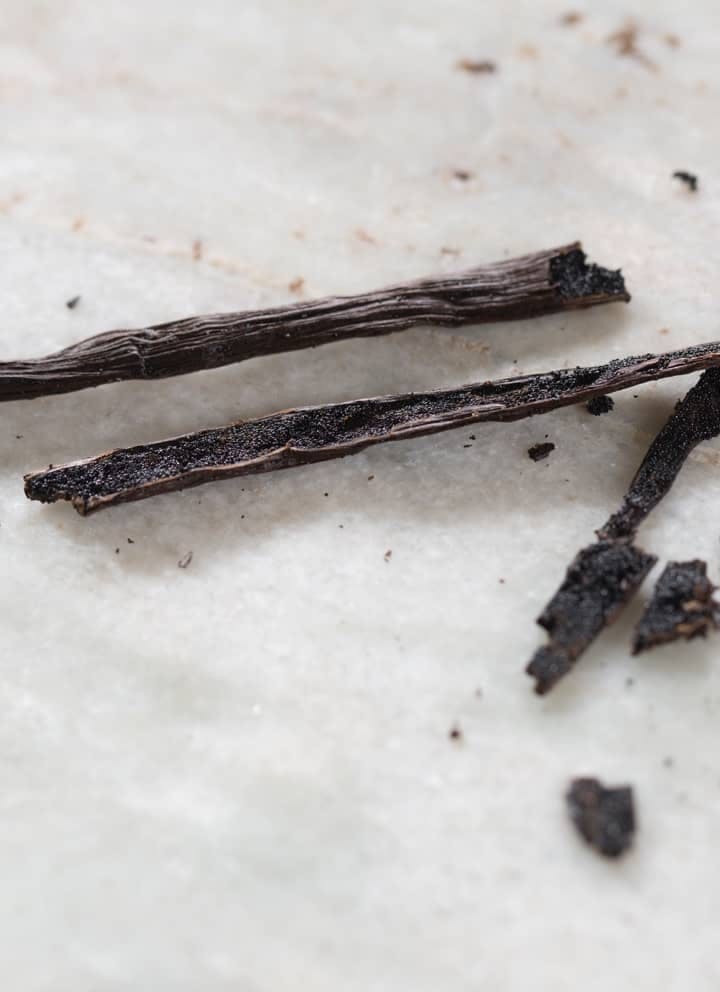
Vanilla as a Spice
The unique flavor of vanilla has been treasured since the days of the Mayans and the Aztecs. Sweet, smooth yet aromatic, it is one of the most precious and delicious spices in the world. There are several varieties of vanilla, with the most popular being Bourbon Vanilla from Réunion. One of the key components of the flavor, vanillin, can be made inexpensively from lignin, a substance that is found in wood and is a waste product of the paper industry — but this synthetic flavoring hardly compares with the flavor of real Bourbon Vanilla. Vanilla reached Europe from Central America at the end of the 16th century. Initially it was reserved for the rich nobility, who realized that it was an aphrodisiac.
Products Containing Vanilla
Currently Viewing: 1 of 0
Usage
Scooping the pulp out of a whole vanilla bean provides the most intense flavor — to do so, slice the pod open lengthwise and scrape out the black pulp using the broad side of the knife. The pods themselves also contain a lot of flavor and can be infused in sugar or rum. Vanilla is used to flavor all kinds of desserts, but it can also transform fish, poultry, gravies and marinades into a culinary sensation. It is difficult to measure the intensity of vanilla. If you would like a delicate vanilla flavor, the pods can be boiled in cream or milk and then removed.
Tip!
Vanilla beans can become dry and brittle when stored. Place them in lukewarm water for one minute to soften them.
Related recipes
Currently Viewing: 1 of 0
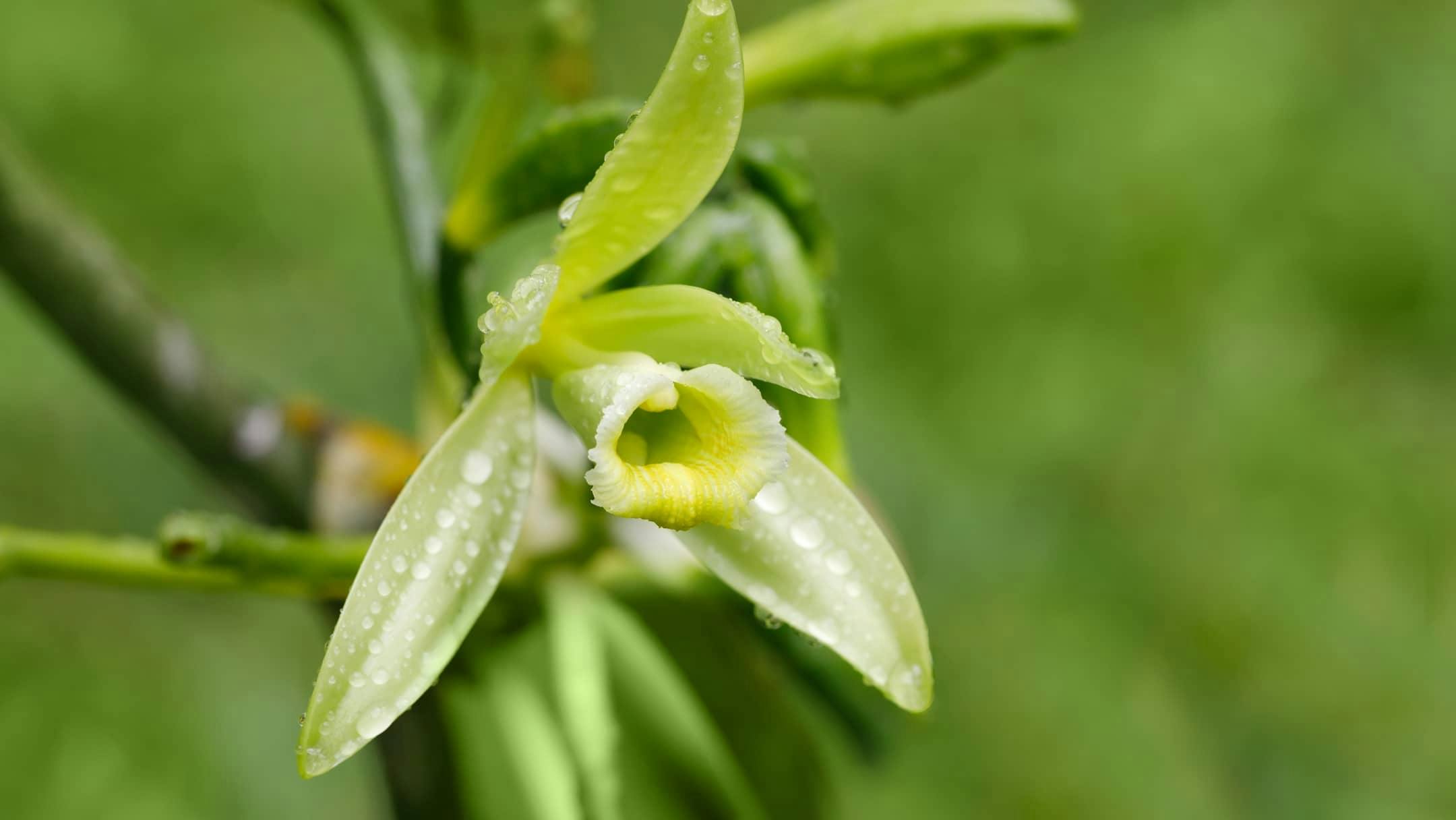

The Plant
Vanilla is part of the orchid family and climbs up to 15 meters high on trees that provide shade. Its flowers are pollinated by hand, and its fruits, which are actually capsules rather than beans, are also harvested by hand in a time-consuming process. After being dipped in hot water, the beans sweat in wooden boxes and are then left to dry for several weeks. Vanilla becomes dark brown, wrinkly and supple during this fermentation process. Most of the vanilla harvest comes from Madagascar, but it is also grown on Réunion and in Indonesia and Mexico. The various species of vanilla differ in length, color and flavor.
Factbox
- Scientific Name
- Vanilla planifolia
- Family
- Orchid family (Orchidaceae)
- Other Names
- Common vanilla (Vanilla planifolia), Tahitian vanilla (Vanilla tahitensis)
- Origin
- Central America, Caribbean
Discover more
Wild garlic
